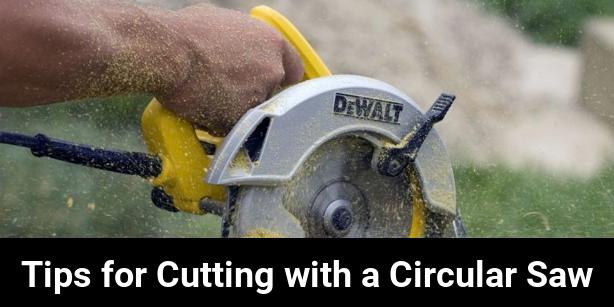Beautiful Plants For Your Interior
Beautiful Plants For Your Interior


A concrete saw is a power tool used to cut through concrete,…

A panel saw can help you make precise, accurate cuts quickly and…

A ripping saw is a powerful cutting tool that can easily cut…

This powerful handheld circular saw is perfect for all types of DIY…

Cutting straight lines with a circular saw can be done by making…

To cut plexiglass with a circular saw, you’ll need to score the…

To use a circular saw without a table, secure the material firmly…
Cutting plywood quickly with a circular saw is easy. Set the saw…
To cut a 45° angle with a circular saw, adjust the cutting…

To cut 2x4s with a circular saw, start by adjusting the saw…